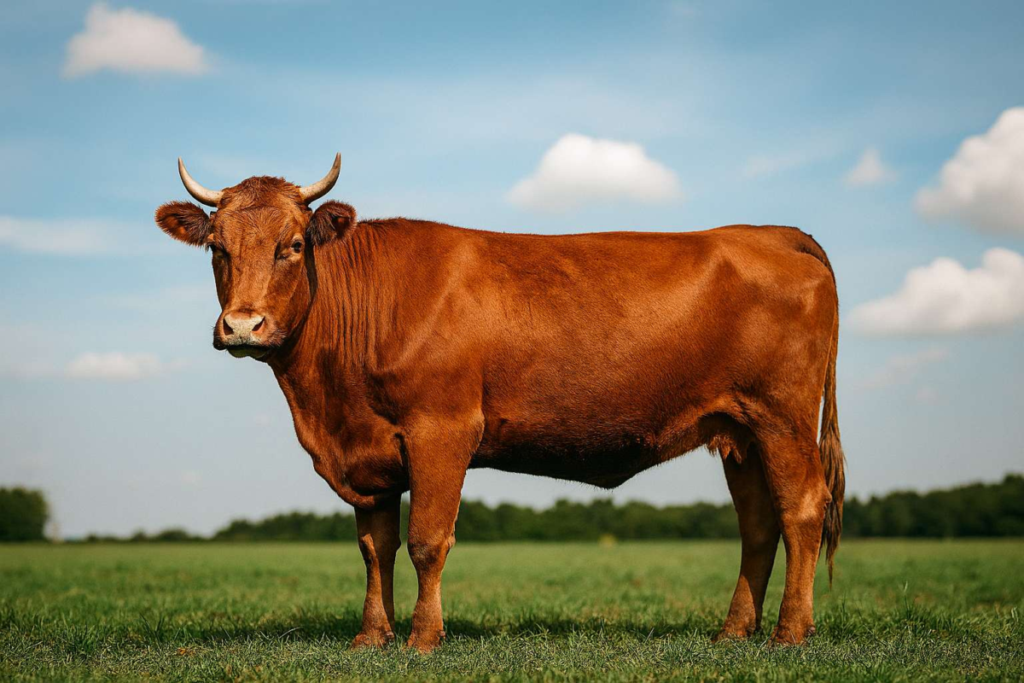The Paradox Of The Parah Adumah

ADAPTED FROM HIS AUDIO SHIUR ON EIN YAAKOV LESSON 68A – SOTAH 12
The Parah Adumah and Batya
Parshas Chukas teaches the paradox of the Parah Adumah—it purifies the impure but makes the pure person who performs the ritual impure. This mystery is reflected in Moshe Rabbeinu’s first salvation through Batya, daughter of Pharaoh. Batya defied her father’s decree and reached out to save Moshe Rabbeinu, a small infant who was floating in a tiny boat on the river.
The Torah hints that she saw not just a child, but the Shekhinah resting with him. By saving Moshe Rabbeinu, Batya was spiritually purified, like the Parah Adumah purifies the impure.
Batya’s Reward in Olam Habah
The Zohar HaKadosh relates that when Rebbe Shimon Bar Yochai Z”L once visited Heaven, and inquired of the leading angel of the Yeshiva shel Ma’alah (Heavenly Academy) to reveal to him what role do righteous women have in the World to Come? He was shown a special place in Heaven where Batya leads a group of these righteous women. Each day, she opens the curtain of Heaven, keviyachel, and gazes at Moshe Rabbeinu as he passes by. Such is the spiritual privilege of Batya, whose merit was so great that she was able to save Moshe Rabbeinu and convert—becoming Bat-Yah (the daughter of Hashem).
The Hidden Impurity Passed to Moshe Rabbeinu
The Tikkunei Zohar adds a deep dimension. When Moshe encountered the burning bush and Hashem first spoke to him, He said: “Sha’al ne’alekha”—“Remove your shoes, for the place you stand on is holy ground.” The Zohar explains that this wasn’t just about shoes. Ne’alekha—your ‘shoes’—also means the physical body that ‘encloses’ the soul. Hashem was telling Moshe: remove your physical self, you are too holy now for a body.
But why would Moshe need to remove his body? Isn’t the body of a tzaddik also holy?
The answer lies in Batya.
When she touched Moshe to save him, she was still contaminated by idolatry—she had spiritual tumah (impurity), described even as a form of tzara’at (leprosy). By touching Moshe, she became pure—completely cleansed, spiritually and physically—but he took on a trace of that impurity in the process.
This is one of the deepest, fantastic statements of the Zohar Hakadosh about the secret of the Parah Adumah—the Red Heifer. The Torah calls it a chok—a law that transcends human understanding. Its ashes were used to purify those who had become impure from contact with the dead. Today every person is impure and a person who is impure cannot walk on the grounds of the Holy Temple until he becomes pure. No one can become pure today because we do not have this red cow. But the Kohen who performed the purification would himself become impure. This is the paradox: “metaher teme’im, u’metameh tehorim“—it purifies the impure but contaminates the pure.
Rebbe Nachman says this refers to the Tzaddik Emes
Rebbe Nachman says that this refers to the tzaddik emes, who is so great and intent on saving those far from religion and descends into impurity, into the lowest spiritual realms, to lift others out. He has to contaminate himself to a slight degree in going down there. Of course he doesn’t lose by elevating countless others to such a high level. This is the case of the Parah Adumah, where the Kohen using it purifies the one that is most tamei, and he himself becomes slightly tamei.
The Tikkunei Zohar says this is the case of Batya the daughter of Pharaoh. She came to the river still impure, and by rescuing Moshe Rabbeinu, she was purified. But Moshe absorbed a spiritual trace of that impurity. Later, when Hashem told him to remove his physical “shoes,” He was referring to that lingering impurity—so that Moshe could now ascend in complete purity.
This is one of the deepest secrets of the Zohar HaKadosh, showing how Moshe’s first contact with salvation came through Batya, who embodied the mystery of the Parah Adumah—sacrificing purity to save others, and being eternally elevated because of it.